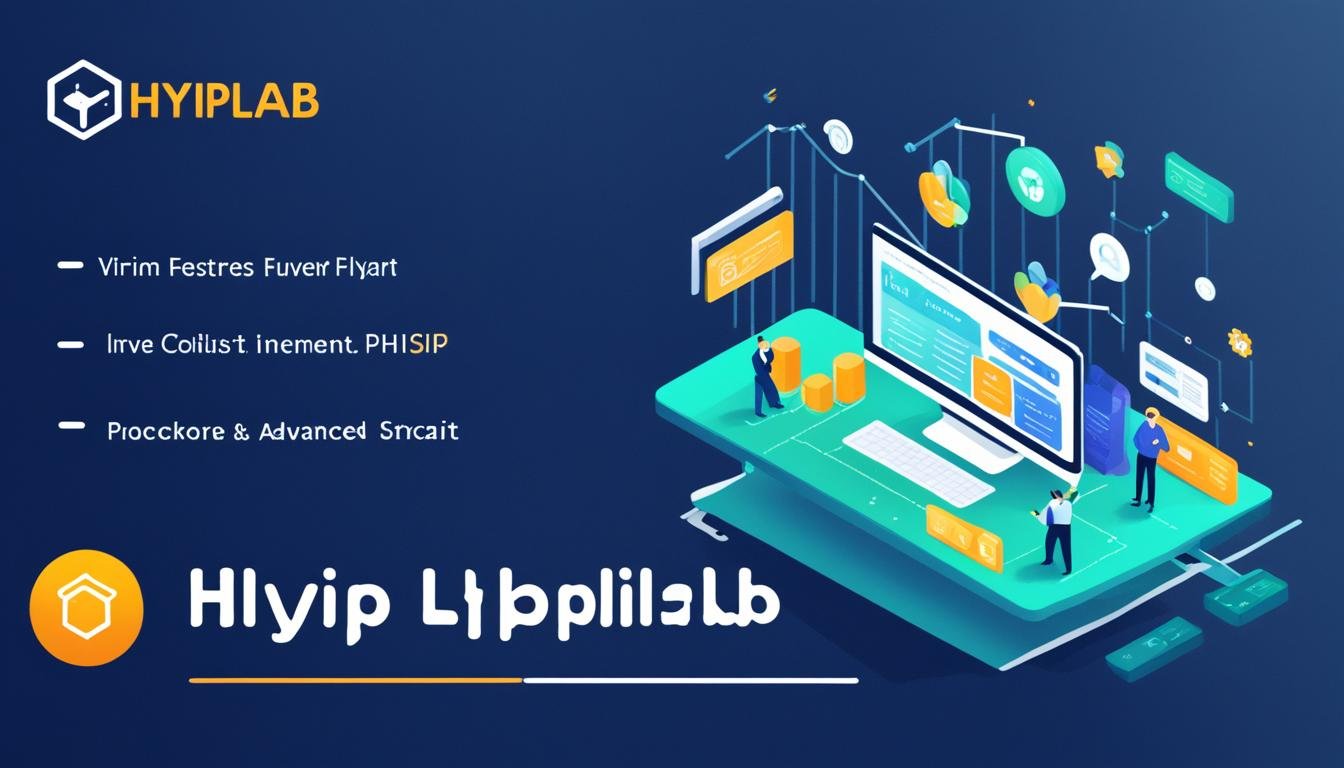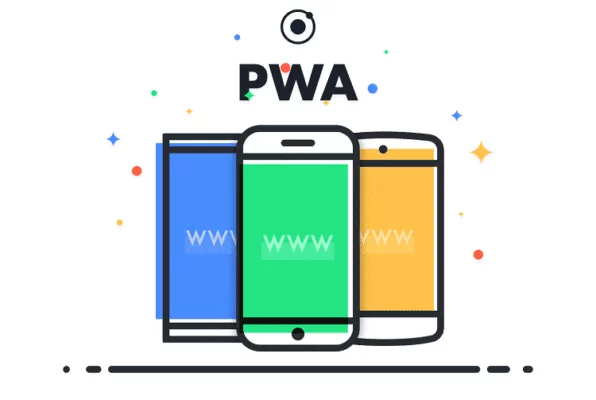
Introduction To Progressive Web Apps (PWA)
Table of Contents
Introduction
A progressive web application takes advantage of the latest technologies to combine the best of web and mobile apps. Think of it as a website built using web technologies that acts and feels like an app. Recent advancements in the browser, in the availability of service workers, and in the cache and push APIs have enabled web developers to allow users to install web apps on their home screens, receive push notifications, and even work offline.
Progressive web apps take advantage of the much larger web ecosystem, plugins, and community, as well as the relative ease of deploying and maintaining a website when compared to a native application in the respective app stores. For those of you who develop on both mobile and web, you’ll appreciate that a website can be built in less time, that an API does not need to be maintained with backwards compatibility (all users will run the same version of your website’s code, unlike the version fragmentation of native apps), and that the app will generally be easier to deploy and maintain.

Why Progressive Web Apps?
A study has shown that, on average, an app loses 20% of its users for every step between the user’s first contact with the app and the user starting to use the app. A user must first find the app in an app store, download it, install it and then, finally, open it. When a user finds your progressive web app, they will be able to immediately start using it, eliminating the unnecessary downloading and installation stages. And when the user returns to the app, they will be prompted to install the app and upgrade to a full-screen experience.
However, a native app is definitely not all bad. Mobile applications with push notifications achieve up to three times more retention than their counterparts without push, and a user is three times more likely to reopen a mobile application than a website. In addition, a well-designed mobile application consumes less data and is much faster because some resources reside on the device.
A progressive web application takes advantage of a mobile app’s characteristics, resulting in improved user retention and performance, without the complications involved in maintaining a mobile application.
Characteristics Of A Progressive Web App
Before we jump into the code, it is important to understand that progressive web apps have the following characteristics:
- Progressive. By definition, a progressive web app must work on any device and enhance progressively, taking advantage of any features available on the user’s device and browser.
- Discoverable. Because a progressive web app is a website, it should be discoverable in search engines. This is a major advantage over native applications, which still lag behind websites in searchability.
- Linkable. As another characteristic inherited from websites, a well-designed website should use the URI to indicate the current state of the application. This will enable the web app to retain or reload its state when the user bookmarks or shares the app’s URL.
- Responsive. A progressive web app’s UI must fit the device’s form factor and screen size.
- App-like. A progressive web app should look like a native app and be built on the application shell model, with minimal page refreshes.
- Connectivity-independent. It should work in areas of low connectivity or offline (our favorite characteristic).
- Re-engageable. Mobile app users are more likely to reuse their apps, and progressive web apps are intended to achieve the same goals through features such as push notifications.
- Installable. A progressive web app can be installed on the device’s home screen, making it readily available.
- Fresh. When new content is published and the user is connected to the Internet, that content should be made available in the app.
- Safe. Because a progressive web app has a more intimate user experience and because all network requests can be intercepted through service workers, it is imperative that the app be hosted over HTTPS to prevent man-in-the-middle attacks.




